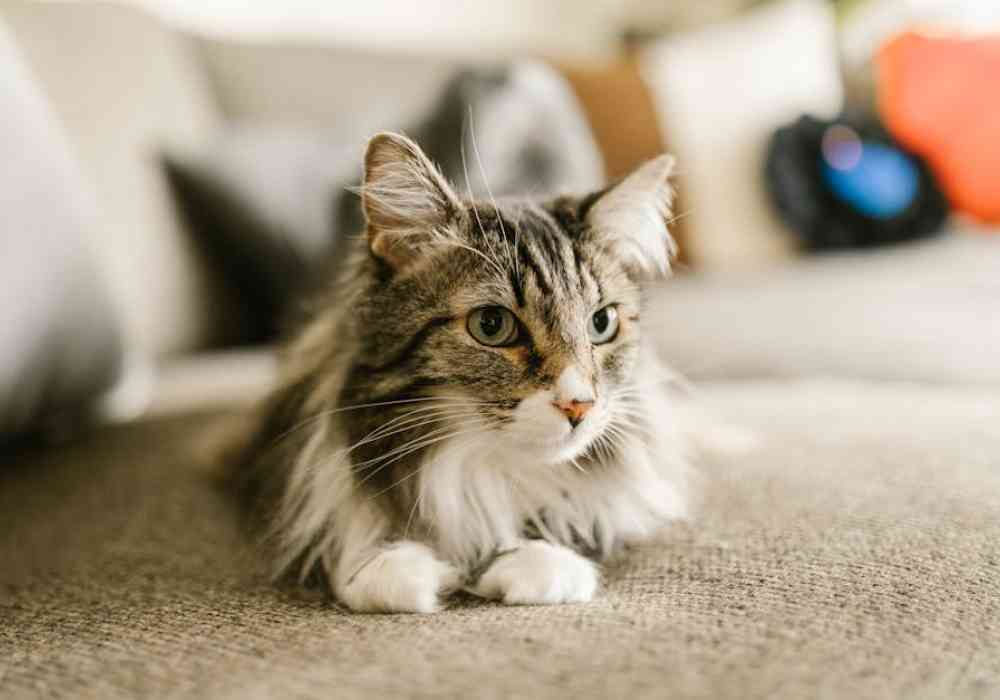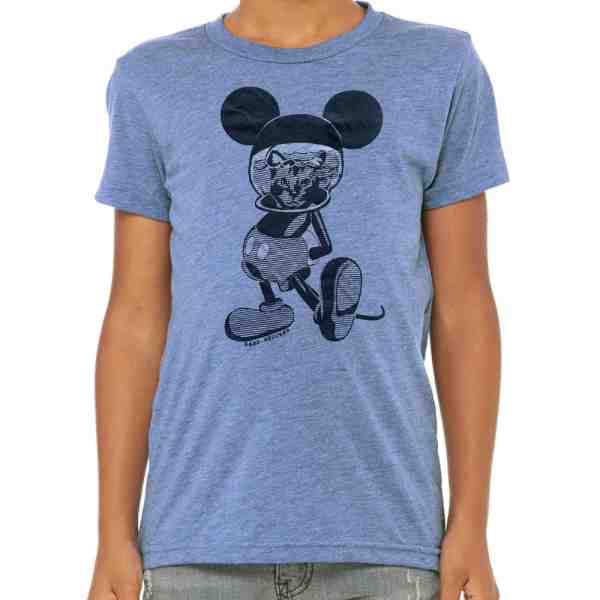Polydactyl Cats: Unveiling the Mystery of Hemingway’s Six-Toed Companions
Polydactyl cats, often known as Hemingway cats, have intrigued cat lovers and genetic enthusiasts alike. These unique felines are famous for their extra toes, a result of a fascinating genetic trait. They are especially celebrated in Key West, Florida, where Ernest Hemingway once cherished these charming companions. The Hemingway House in Key West still hosts a number of these descendants, continuing the legacy of Hemingway’s fondness for these multi-toed marvels.
- Polydactyl cats, or Hemingway cats, have extra toes due to a genetic mutation known as polydactyly.
- This trait is most famously associated with the cats at the Hemingway Home & Museum in Key West.
- The extra toes are generally harmless and contribute to the unique appeal of these cats.
As an artist immersed in the creative energy of Key West, I’m Chris Higgins, founder of Handshucked Art and Designs. My journey in art began in a humble studio on a Stock Island bread truck, where my fascination with local Key West legends, including the storied polydactyl cats, inspired much of my work.
In the following sections, we’ll dig deeper into the heritage and charm these six-toed wonders bring to the art world and beyond.
What Are Polydactyl Cats?
Polydactyl cats are felines born with extra toes, a condition scientifically known as polydactyly. This intriguing trait is caused by a genetic mutation, which is autosomal dominant. This means it can easily be passed down from one generation to the next, regardless of gender.
The Genetics Behind Polydactyly
The genetic mutation responsible for those extra toes is relatively straightforward. It involves a dominant gene known as PD. If a cat inherits this gene from even one parent, it will likely have extra toes. This is what makes polydactyl cats fairly common in certain populations, despite their unusual appearance.
What’s fascinating is the variable expression of this trait. While some polydactyl cats might have just one extra toe, others can have several. The additional toes most often appear on the front paws, but they can also be found on the hind paws. These extra digits can look like fully formed toes, complete with bones, claws, and pads, or they might resemble an enlarged dewclaw.
Importantly, having extra toes is a harmless trait. It doesn’t affect a cat’s health or well-being. In fact, many polydactyl cats are just as agile and playful as their five-toed counterparts. The extra toes might even give them a bit of an advantage when it comes to climbing or catching prey.
In the next section, we’ll explore the rich history and origins of these unique cats, including their connection to sailors and the famous Ernest Hemingway.
History and Origins of Polydactyl Cats
Polydactyl cats have a fascinating history that intertwines with maritime lore and literary legend. These multi-toed felines were once considered good luck charms by sailors. Sailors believed that polydactyl cats, with their extra toes, were better at catching mice and had superior balance on ships. This made them ideal companions on long sea voyages. The belief was so strong that these cats often traveled across oceans, spreading the polydactyl gene far and wide.
One of the most famous lovers of polydactyl cats was the renowned author Ernest Hemingway. In the 1930s, Hemingway was gifted a white, polydactyl cat named Snowball by a ship’s captain. This sparked a lifelong affection for these unique cats. After Hemingway’s death in 1961, his home in Key West, Florida, was transformed into a museum, which now serves as a sanctuary for his beloved cats. Today, the Ernest Hemingway Home and Museum is home to about 50 cats, many of which are descendants of Snowball. Approximately half of these cats are polydactyl, continuing the legacy of Hemingway’s six-toed companions.
The Hemingway cats have become an integral part of the museum’s charm and are a major attraction for visitors. The museum even faced legal challenges over the years regarding the care and freedom of its feline residents, highlighting just how beloved these cats are. The city of Key West and its residents rallied to ensure the cats could roam freely, maintaining the spirit of Hemingway’s home as a haven for these unique creatures.
As we continue to explore polydactyl cats, we’ll dig into the breeds that are known for this trait, such as the Maine Coon and Pixiebob, and see how their distinctive paws have captured the hearts of cat enthusiasts around the globe.
Breeds Known for Polydactyl Traits
While any cat can be born with extra toes, certain breeds are more likely to showcase this unique trait. Among them, the Maine Coon and Pixiebob stand out as the most common polydactyl breeds.
Maine Coon
The Maine Coon is a breed renowned for its large size and tufted ears. But what truly sets them apart is their frequent display of polydactylism. In fact, up to 40-50% of Maine Coons have extra toes. These additional digits, often resembling thumbs, improve their already striking appearance and give them a quirky charm. Maine Coons are beloved for their gentle personalities and impressive hunting skills, making them a favorite among cat lovers.
Pixiebob
Another breed known for polydactyl traits is the Pixiebob. This breed is relatively new and is thought to have originated from wild bobcats, although this is more myth than reality. Pixiebobs often have extra toes, which contribute to their distinctive, wild look. They are also known for their playful and social nature, making them excellent companions.
American Shorthair
While not as commonly associated with extra toes as the Maine Coon or Pixiebob, the American Shorthair can also exhibit polydactylism. This breed is known for its easygoing temperament and adaptability, making it a popular choice for families. The presence of extra toes in some American Shorthairs only adds to their appeal as versatile and charming pets.
These breeds demonstrate how polydactylism can improve the unique characteristics of a cat. Whether it’s the rugged charm of a Pixiebob or the majestic presence of a Maine Coon, polydactyl cats capture the hearts of many with their distinctive paws and endearing personalities. As we continue our journey into these fascinating felines, we will explore how to care for them, ensuring their extra toes remain healthy and happy.
Caring for Polydactyl Cats
Health Considerations
Caring for polydactyl cats involves a few extra steps to ensure their unique paws remain healthy and comfortable. While their extra toes are generally harmless, they do require special attention, particularly when it comes to nail care and paw hygiene.
Nail Care
One of the most important aspects of caring for these cats is regular nail trimming. Extra toes mean more nails, and those nails can grow quickly. Since the additional claws often don’t touch the ground, they don’t wear down naturally. If left unchecked, they can curl and grow into the paw pad, causing pain or infection.
To avoid these issues, establish a routine of checking and trimming your cat’s nails every few weeks. If you’re unsure how to do this, a veterinarian or professional groomer can show you how to safely trim their nails.
Paw Hygiene
With more toes come more spaces where dirt and debris can accumulate. Regularly inspect your cat’s paws to ensure they’re clean and free of any foreign objects. Wipe their paws with a damp cloth if needed, especially after they’ve been outside or used the litter box.
Mobility
Most polydactyl cats have no trouble walking, running, or jumping despite their extra toes. However, it’s important to monitor their mobility for any signs of discomfort. If you notice limping or hesitation in movement, consult a veterinarian. In rare cases, extra toes may cause issues that require medical attention.
Nail Overgrowth
Overgrown nails are a common concern for polydactyl cats. If you spot any nails curling into the paw, address it immediately to prevent injury. Regular trimming is key to preventing overgrowth.
Routine veterinary care is essential for all cats, including those with extra toes. Regular checkups allow for early detection of any potential health issues, whether related to their polydactyly or not. Your vet can also provide guidance on maintaining your cat’s nail health and overall well-being.
By paying attention to these health considerations, you can ensure that your polydactyl cat leads a happy and healthy life. Let’s address some common questions about these fascinating felines.
Frequently Asked Questions about Polydactyl Cats
Are Polydactyl Cats Rare?
Polydactyl cats are not extremely rare, but they aren’t as common as regular cats. The occurrence of extra toes is a result of a genetic mutation and can be more prevalent in certain breeds like the Maine Coon. In fact, about 40-50% of Maine Coons have extra toes. The genetic trait responsible for polydactyly is autosomal dominant, meaning if one parent has extra toes, there’s a good chance the kittens will too.
Do Polydactyl Cats Need Special Care?
While polydactyl cats can generally live normal, healthy lives, they do require some special attention, particularly regarding their toes. Regular nail trimming is crucial because the extra claws might not wear down naturally and can overgrow, leading to discomfort or infection. It’s important to inspect their paws frequently to ensure cleanliness and to check for any signs of irritation or overgrowth. With these simple care steps, polydactyl cats can enjoy a comfortable and active life.
Are All Polydactyl Cats Related to Hemingway Cats?
Not all polydactyl cats are descendants of Hemingway’s famous six-toed companions. However, the term “Hemingway cats” often refers to the polydactyl cats residing at the Ernest Hemingway Home & Museum in Key West, Florida. These cats are descendants of Snowball, a six-toed cat given to Hemingway by a ship’s captain. Today, the museum is home to about 50 cats, many of which are polydactyl, continuing the legacy of Hemingway’s beloved feline friends.
Conclusion
Polydactyl cats, with their charming extra toes, are truly unique companions. Their vibrant personalities and distinctive appearance make them a delightful addition to any home. While they might require a bit of extra care, particularly when it comes to nail trimming and paw hygiene, the effort is well worth it for the joy they bring.
At Handshucked Designs, we celebrate the individuality and charm of these special cats through our art and design work. Our creations, like the “Lost Cat” series, capture the playful and curious spirit of these multi-toed wonders. Just as polydactyl cats have left their mark on history and culture, our designs aim to leave a lasting impression on those who encounter them.
Whether you’re a fan of Hemingway’s six-toed companions or just finding the allure of polydactyl cats, embracing these unique creatures is a rewarding experience. They remind us of the beauty in differences and the joy of unexpected surprises. We invite you to explore our Handshucked Designs collection and find the art inspired by these fascinating feline friends.






